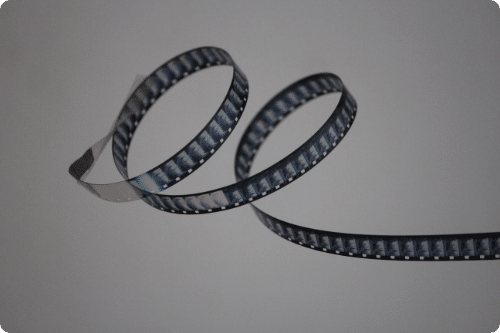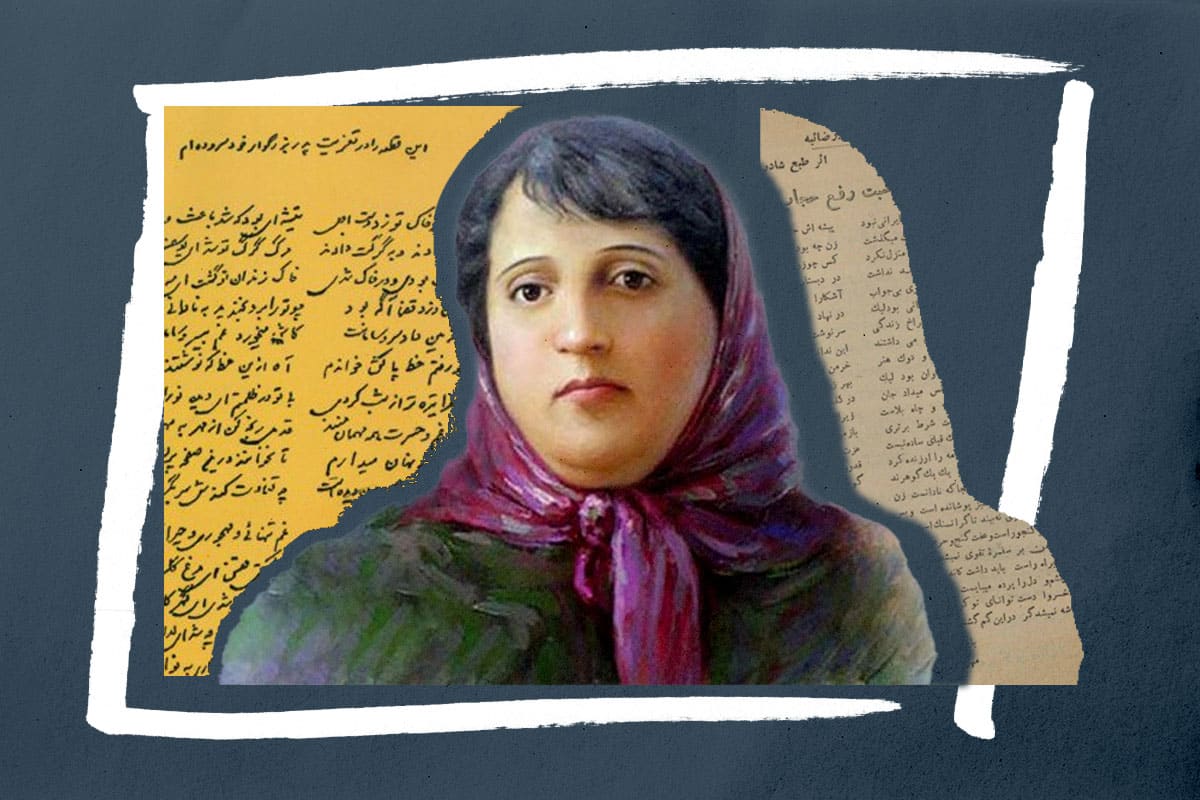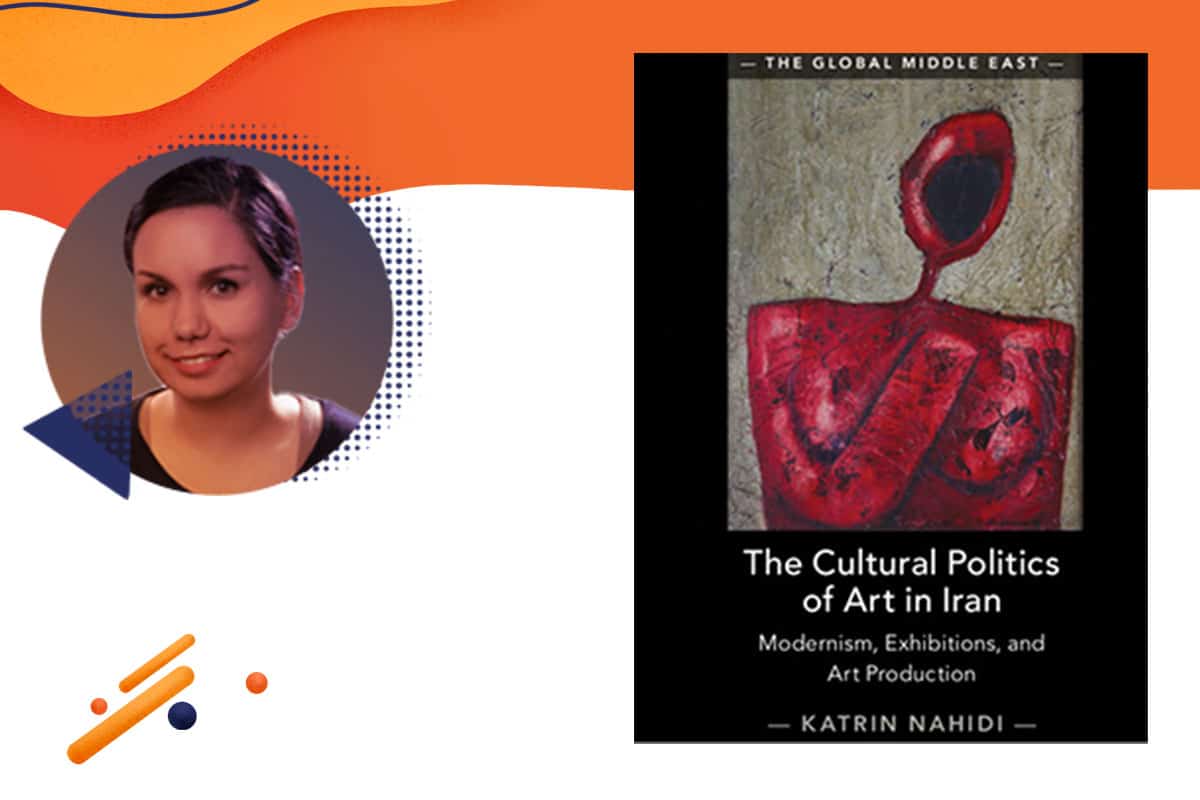About this Article
This article delves into the evolution of Iranian cinema throughout the 20th century, tracing its trajectory through various stages, including silent films, sound films, and dubbing. Additionally, it examines the impact of government policies on the development of Iranian cinema, taking into account the divergent approaches taken by different regimes. The article also explores the interplay between global events and Iranian cinema, as well as the influence of foreign cinematic traditions on the country’s native industry. Moreover, it highlights the ways in which cinema has reflected and responded to the shifting social dynamics of Iranian society.
Cinema Before the Islamic Revolution
In 1900, only five years after the first-ever screening of a cinematographic film, Mozaffar al-Din Shah Qajar viewed scenes filmed with a cinématographe, the French motion picture camera, during his first trip to Europe. Impressed, he immediately ordered his chief photographer to purchase a Gaumont camera to document royal court activities.1 With this, Iranian cinema “fell within the realm of the centralized government” for the next three decades, defining the central tension of Iranian cinema even after the revolution.2
Unlike many other countries, where cinema was marketed for mass entertainment, in Iran, it was reserved for the upper class. Additionally, most Iranians were illiterate and thus unable to read the captions on foreign films.3 Therefore, although there were several theaters, disapproval from religious authorities, strict censorship laws, and social, economic, and political conditions prevented significant growth of cinema during the early 1900s.
The first Iranian feature-length silent film, Abi and Rabi, came out in 1930. It was directed and produced by Ovanes Ohanian, a Russian-Armenian immigrant who also established Iran’s first film studio. That same year, Iran’s first film school, Parvareshgahe Artistiye Cinema (The Cinema Artist Educational Centre) was founded. In 1933, the Persian language was heard on the screen for the first time with Doktar-e Lor, a film so successful that it remained in theaters for more than two years.4
Despite this improvement, from 1937 to 1948 there was a “decade of non-productivity” in Iran, caused by a combination of factors: World War II and the Allied occupation of Iran, the abdication of Reza Shah Pahlavi, and the popularity of foreign films in the country. After the war, due to the influential presence of the Allied powers, Hollywood films and foreign propaganda dominated the industry, especially as those in the industry realized that dubbing foreign films with Farsi was relatively easy and profitable. A number of dubbing studios were established between 1943 and 1965, as dubbing was “the ideal solution for distributors and cinema owners to gain further profit.”5
Development of Iranian cinema picked up in the 1950s, with 324 films produced from 1950 to 1965. Although these films were produced in Iran, Western influence was extreme, as commercialized Iranian cinema was “saturated with dominant themes of dance, music, simplistic dramas and Persianized versions of Western popular movies.”6 These films were often of low production value, containing one-dimensional plots and characters.7 Censorship was rife during this time, prohibiting negative reflections of Iranian society or political criticism of the government, thus, government regulations stifled the development of a native film industry that accurately reflected Iranian society.8 This genre of film, called “Filmfarsi,” emerged in the early 1950s and lasted until the 1979 Islamic revolution.
Reacting to Filmfarsi, a new genre called “Iranian New Wave” (موج نو) emerged during the mid to late 1960s. Influenced by Italian neorealism, the Iranian new wave experimented with philosophical and poetic features, rural settings, and non-professional actors to make social critiques. Filmmakers in this genre used creative tactics to evade censorship, developing a unique aesthetic that put Iran on the map of international cinema for the first time, as was seen in Dariush Mehrjui’s The Cow and Masoud Kimiai’s Qeysar, both released in 1969.9 This, in addition to “raw emotions from the tumultuous history of the country,” became a defining characteristic of the Iranian New Wave.10 During the 1970s, as Mohammad Reza Shah Pahlavi became increasingly confident in the stability of his government, more and more films with critical social themes emerged. However, the Shah was mistaken, and this increased cultural freedom eventually contributed to his demise.
Leading up to the 1979 Islamic revolution that toppled the Shah, some Iranians viewed Filmfarsi as a “source of moral corruption” and “imperialist encroachment.”11 This resulted in the burning of many theaters by extremists, the most significant of which being the 1978 Cinema Rex fire, in which more than three hundred Iranians were killed after a fire was started and the cinema’s exit doors were intentionally locked. Historian Abbas Amanat notes that “widespread rumors at the time held SAVAK and the pro-government agents provocateurs responsible. Yet the arson was consistent with a pattern of Islamic activists’ setting ablaze cinemas and other venues of supposed Western decadence for more than a decade.”12 However, the Rex Cinema fire was not just another theater set ablaze. Due to its severity, as well as rising tensions within Iran and dissatisfaction with the Shah, the Rex Cinema fire served as a catalyst for the 1979 Islamic revolution.
Cinema Under the Islamic Republic
After the revolution, strict Islamic laws concerning gender relations, immodesty, and immorality led to the suppression of Filmfarsi films. However, Iran’s new leader, supreme leader Ayatollah Ruhollah Khomeini, was not entirely opposed to cinema. Rather, he viewed it as a tool that “ought to be used for the sake of educating the people” instead of using it to “corrupt” Iranian youth. The suppression of Filmfarsi after the revolution by the new government bolstered the growth of the Iranian New Wave.13
Cinema was then used to promote the values of the Islamic revolution, leading to an Islamization of Iranian Cinema. Although there were films released about the abuse faced under the Shah, the beginning of the Iran-Iraq War in 1980 led to the development of a war film genre, which depicted themes of religion, martyrdom, and the war effort. This genre included documentary films about the war, many of which had funding from the Islamic government. According to filmmaker Earnest Pouya Enayati, this divided filmmakers of this genre into two groups: the government-funded group, which produced ideological and religious cinema, and the group without government funding, which “attempted to address the realities inside the society.”14
In 1982, the Islamic Republic’s Ministry of Culture and Islamic Guidance decreed that Iranian films must align with the Islamic principles of a “system of modesty.”15 This censorship led to a “decline in both the quality and the quantity of Persian films” and caused some filmmakers to leave the country.16 Filmmakers who stayed in Iran had to “make serious artistic compromises and creative concessions.”17 These guidelines gave way to “new audiovisual aesthetics” that, in turn, cultivated the “New Iranian Cinema” of the late 1980s and 1990s. New Iranian Cinema should be distinguished from Iranian New Wave, as Farshid Kazemi notes succinctly: “There are certain continuities between the neorealist themes and techniques of pre- and post-revolutionary art cinema, such as the use of non-professional actors, rural settings, location shooting, and a poetic and humanist vision; yet the establishment of the Islamic Republic completely transformed Iranian society and cinematic culture, effectuating a significant rupture between the two film movements, not least due to the Islamic regulations and censorship codes that became normative in this period.”18 In addition to understanding the restrictions of the Islamic Republic’s censorship, party politics also significantly affected Iranian New Wave cinema. For example, Iranian cinema grew significantly under Mohammad Khatami’s 1983-1992 term as Minister of Culture. However, his tolerance resulted in his resignation after condemnation by hardliners for certain films’ “deviation from Islamic culture.”19 This is one of many instances that show what Hamid Daficy calls a “deepening sociopolitical and cultural struggle over cinema, media, and culture,” a struggle which remained within Iranian cinema for decades to come…20
Stay tuned for Iran1400’s upcoming article on 21st-century Iranian cinema and check out our article on women in Iranian cinema here.
References
1. Gaffary, Farrokh. “Cinema i. History of Cinema in Persia.” Encyclopædia Iranica, V/6:
567-572. ↩︎
2. Naficy, Hamid. “Iranian feature film: A brief critical history.” Quarterly Review of Film
& Video 4, no. 4 (1979): 443-464. ↩︎
3. Parhami, Shahin. “Iranian cinema: before the revolution.” Off Screen 3 (1999). ↩︎
4. Ibid. ↩︎
5. Ibid. ↩︎
6. Ibid. ↩︎
7. Harding, Oscar. “Review: “Filmfarsi” Reveals A Hidden Side to Iranian History Through Exploitation Cinema.” Cinema Escapist (2020). ↩︎
8. Choo, Matthaeus. “An Introduction to Iranian Cinema.” Sinema (2021). ↩︎
9. Ibid; Kazemi, Farshid. “Iranian Cinema.” Cinema and Media Studies ↩︎
10. Kazemi. “Iranian Cinema.” ↩︎
11. Ibid. ↩︎
12. Amanat, Abbas. “Iran: A modern history.” (2017): 712-713. ↩︎
13. Choo. “An Introduction to Iranian Cinema.” ↩︎
14. Enayati, Earnest Pouya. “Iranian Cinema: an evolution.” Impakter, (2018). ↩︎
15. Kazemi. “Iranian Cinema.” ↩︎
16. Talachian, Reza. “A Brief Critical History of Iranian Feature Film (1896–1975).” a chapter in A Survey Catalogue and Brief Critical History of Iranian Feature Film (1896–1975), MA dissertation, Department of Cinema and Photography in the Graduate School, Southern Illinois University (1980). ↩︎
17. Akrami, Jamsheed. “Cinema ii. Feature Films.” Encyclopædia Iranica, V/6: 572-579. ↩︎
18. Kazemi. “Iranian Cinema.” ↩︎
19. Mehrabi, Massoud. “A Bed and Several Dreams: A Short History of Iranian Cinema.” Cinéaste 31, no. 3 (2006): 38-47. ↩︎
20. Naficy, Hamid. A Social History of Iranian Cinema, Volume 4: The Globalizing Era, 1984–2010. Vol. 4. Duke University Press, 2011: p. 24. ↩︎
Sydney Martin is the Program Manager of the Iran 1400 Project. He received his BA in Middle Eastern Languages and Cultures from the University of Texas at Austin. Prior to joining the Iran 1400 Project, he studied in Tajikistan with a Fulbright-Hays scholarship and interned at the Atlantic Council's Rafik Hariri Center for the Middle East, as well as the Critical Threats Project.
-
Sydney Martinhttps://iran1400.org/author/sydney-martin/
-
Sydney Martinhttps://iran1400.org/author/sydney-martin/
-
Sydney Martinhttps://iran1400.org/author/sydney-martin/
-
Sydney Martinhttps://iran1400.org/author/sydney-martin/




